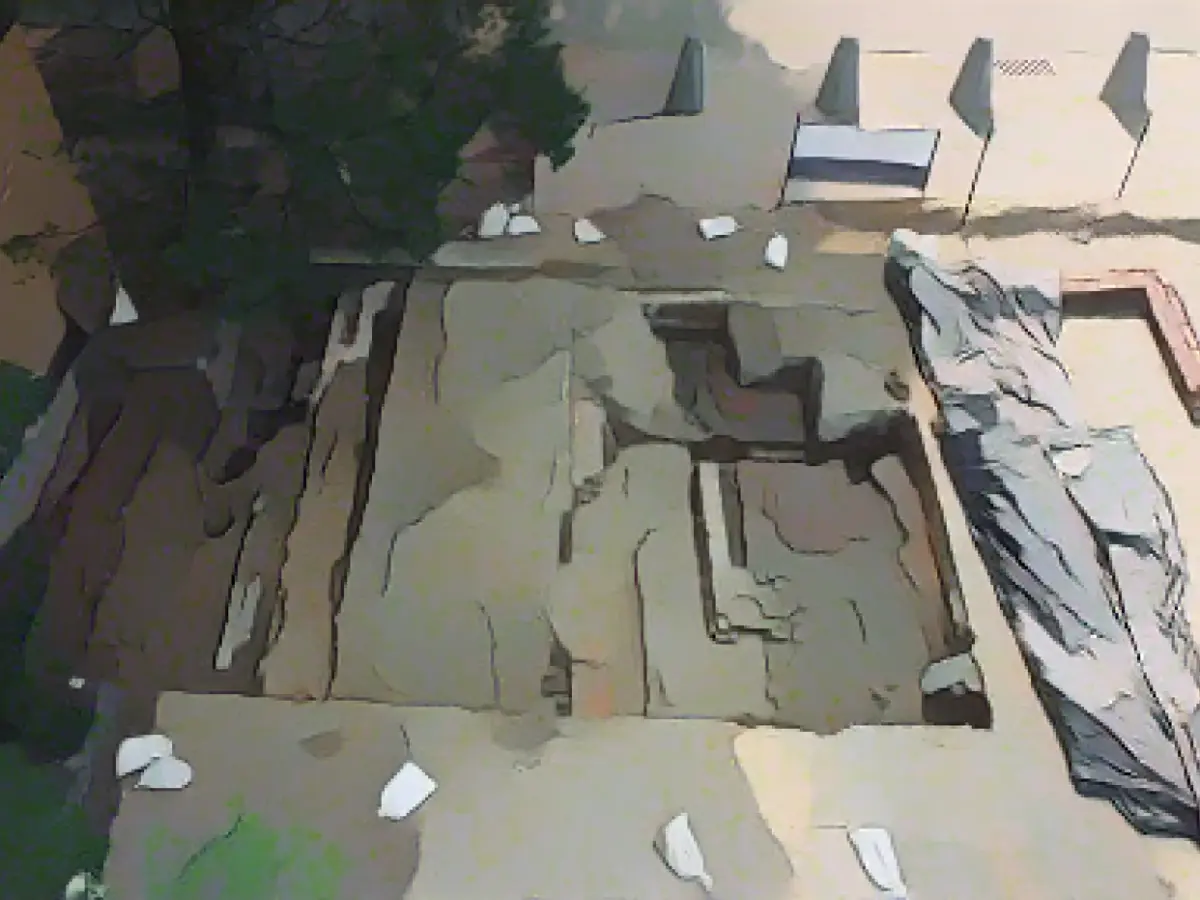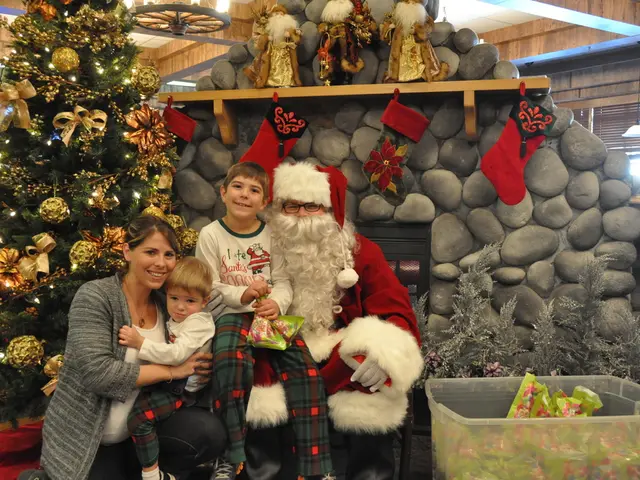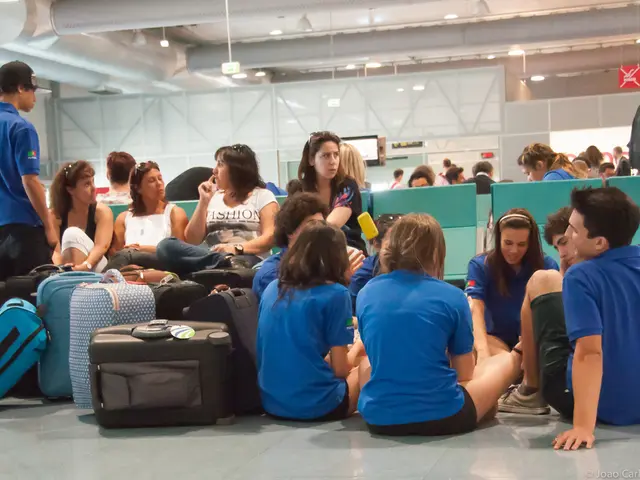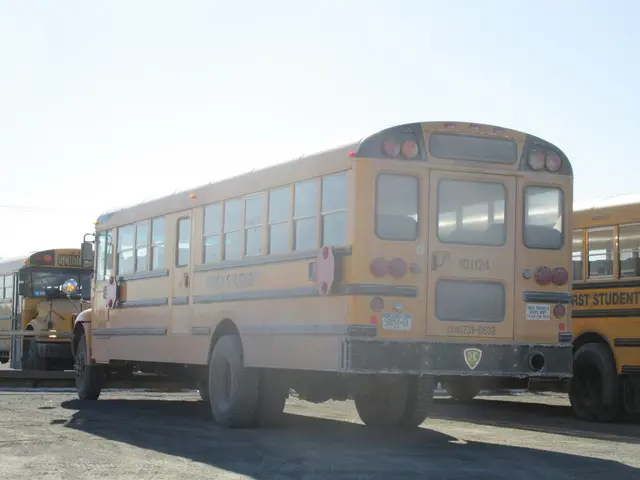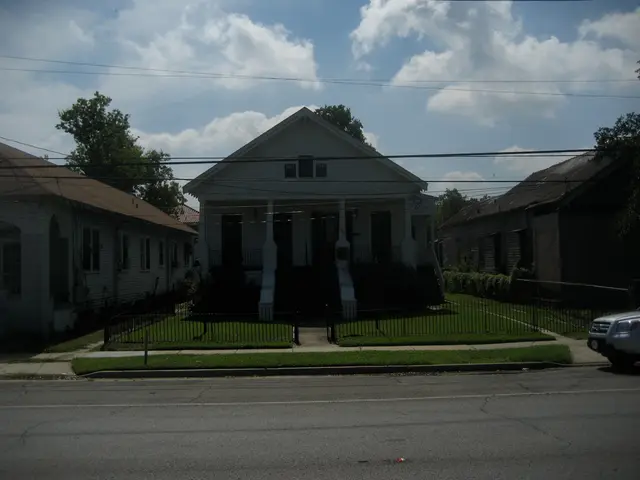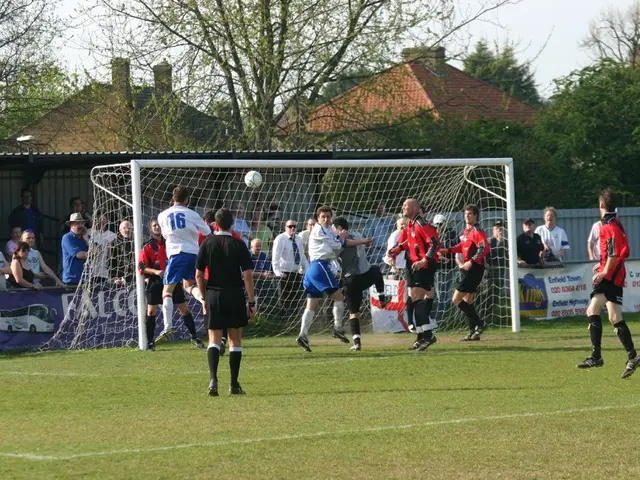Uncovering the Hidden History of a Black Church in Williamsburg
During the early 19th century, it was illegal for African Americans to gather together. Facing such restrictions, the church community met secretly outdoors before being given the opportunity to utilize a small building, known as the Baptist Meeting House. After much travel and relocation, the congregation eventually established a new church in 1856, moving it again in the 20th century.
Recent archaeological discoveries under a parking lot in Colonial Williamsburg have unveiled what is believed to be the brick foundation of this historic black church. The discovery provides an insight into the rich and complex historical journey of travel and relocation experienced by the church community.
Jack Gary, the director of Colonial Williamsburg Archaeology, expressed his excitement at the find. "This isn't just an important part of Williamsburg's history; it's a crucial part of American history, the establishment of this church, and its presence right here in Williamsburg," Gary stated in an interview with CNN. "The site where the church built its first permanent building was directly beneath the parking lot."
Gary noted that the archaeological team had consulted with the church in the planning stages of the project, commencing excavations in September of 2020. The primary objective wasn't solely to discover the original structure, but to elucidate the existence of a building dating back to at least 1818, which was destroyed by a tornado in 1834.
The original church of 1856 was later sold to Colonial Williamsburg and demolished to make way for a parking lot. Simultaneously, the congregation constructed a new church approximately half a mile away. The 1856 church was subsequently demolished, paving the way for the establishment of the parking lot.
During the excavation of the newer building, the archaeological team unearthed a 16 x 20-foot brick foundation belonging to a smaller structure, in addition to an early 19th-century cobblestone pavement. Furthermore, coins from 1817 and other artifacts were found, which helped in identifying the church as the original building.
"Yesterday, I stood in the site of 1818," reflected Connie Matthews Ha Shaw, a church member and the President of Let Freedom Speak. "It was a very emotional, gripping experience." As a child, Matthews Ha Shaw's ancestors did not attend the church, but several current members are descendants of its original congregants.
Upon learning about the discovery, the church community expressed feelings of joy and liberation. Matthews Ha Shaw observed that the revelation of this historical site was a healing aspect for the community, as they now knew the rich story that lay beneath their feet.
Archaeologists discovered 25 human gravesites during their investigations. A meeting is planned for October 30 to discuss the project's findings and to aid future generations in making informed decisions regarding the next steps in the research.
The period during the colonial era saw approximately 52% of Williamsburg's population being African American, and it is essential to recognize their contributions to the region's history. "In every place where we conduct excavations, we must consider the experiences of African Americans at that location," said Gary.
The archaeological team intends to expand their excavations to encompass the 1/8-acre site, seeking to gather more information about the surrounding environment of the building and to potentially uncover additional architectural features. Their goal is to reconstruct the building as closely as possible to its original state by 2026, preserving a piece of the past beneath the new construction.
"The opportunity to stand in this space is incredibly powerful," reflected Gary. "At the same time, we had preservation concerns. We wanted to ensure that a smaller portion of the original foundation would remain beneath what we would rebuild."
Matthews Ha Shaw, echoing the excitement of the congregation, added, "The joy and liberation we feel at discovering these long-lost facts, which future generations will be able to learn from, is overwhelming and emotional."
The church is one of the oldest African American churches in the United States, and it currently celebrates its 245th anniversary.
Sources and Enrichment Insights:
Enrichment Insights:
- Historical Context: The discovery of the brick foundation of an old black church is significant in the broader context of African American history and the legacy of slavery in the region. The presence of African American communities in the area, often marginalized and overlooked in traditional historical narratives, highlights the importance of this finding in understanding the complex and diverse history of Colonial Williamsburg.
- Archaeological Significance: The excavation of such sites is vital for understanding the lives of enslaved individuals and their families. Archaeological findings can reveal daily lives, cultural practices, and spiritual traditions of African Americans in the past. For instance, the Lemon Project at William & Mary is working to de-commodify the enslaved population by reconstructing their familial relationships and emphasizing their humanity.
- Community Engagement: Discoveries like this often involve community engagement and collaboration. Historical research can be used to benefit descendant communities by providing a more complete and accessible genealogical record of enslaved people.
- Cultural and Spiritual Significance: The discovery of a black church foundation is significant because it indicates the presence of a spiritual community that was integral to the lives of enslaved individuals. These communities often served as centers of resistance, cultural preservation, and hope during a period of extreme oppression.
- Preservation and Education: The preservation of such historical sites is essential for educating the public about the rich and complex history of the region. It helps in creating a more inclusive narrative that acknowledges the contributions and experiences of all communities, including African Americans, in shaping the history of Colonial Williamsburg.
